Sneezing, wheezing, and otherwise feeling like hell: Allergies are a special kind of everyday torture. Although we don’t have a cure for your food or environmental allergies, we do have some proven tips to help you suffer less and minimise allergic reactions. Here are our top 10 tips for people who suffer with allergies.
Illustration by Nick Criscuolo. Photos by Lain Watson, ParentingPatch., Melody, Tina Mailhot-Roberge, Dan4th, ayelet-keshet (Shutterstock) and moonkin (Shutterstock).
10. Know If It’s a Cold or an Allergy

Is it a cold or is it your allergies? It’s not always easy to tell the difference, but examine your symptoms so you can properly treat whatever you have. Itchy eyes and throat are associated more with allergies and even your mucus can indicate whether you’re having an allergic reaction or have caught a cold. Once you know what you have, you can decide if you should take cold or allergy medicine (although Benadryl will cure you temporarily by knocking you out.)
9. Don’t Be Fooled By Products That Promise to Alleviate Your Allergies
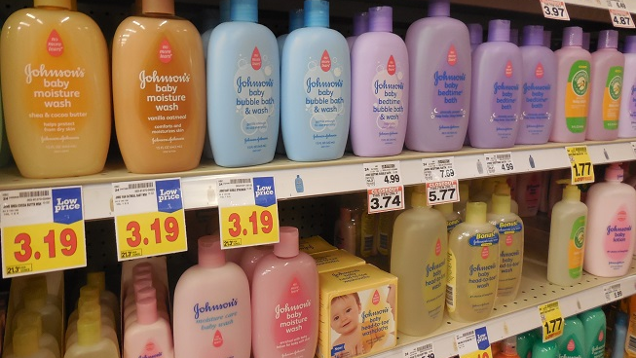
Allergic symptoms — wheezing, itchiness, rashes, sinus problems and more — can be so severe that you’ll try anything to get rid of them. Unfortunately, the word “hypoallergenic” doesn’t always mean what we think it means — companies can use the term for whatever they want it to mean. Buying local honey won’t help your allergies either or build up your tolerance to pollen — you’re still probably going to be exposed to a different, wind-carried pollen. If a product says it’s allergen-free, you should still look at the ingredients and investigate them.
8. Manage Your Allergies When Travelling

You’ll have a routine to keep your allergies under control when you’re at home — knowing which restaurants to eat at or avoid, for example — but travelling is another story. Before you get on an aeroplane, find out the airline’s food allergy policies (or pack your own food). You might also seek out allergy-friendly lodging and, of course, make sure you have any medication you might need with you. Here’s our guide to eating well and managing your food allergies when you’re travelling.
7. Change Your Daily Routine to Defeat Seasonal Allergies
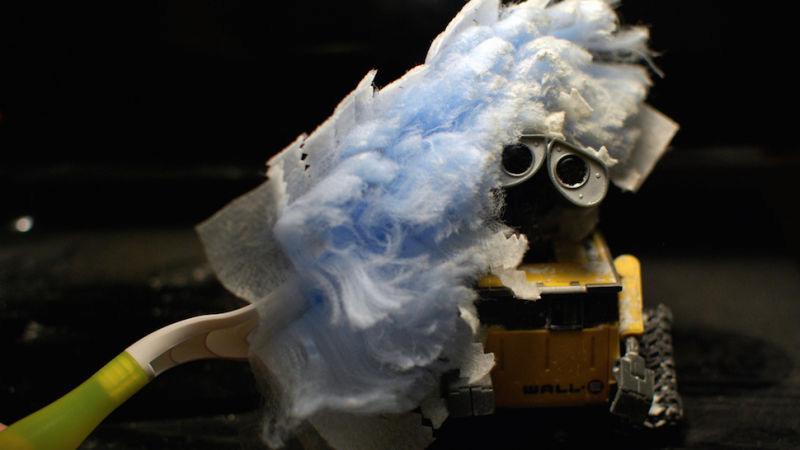
If your allergies are triggered by seasonal changes, such as more exposure to tree pollen in the spring or spending more time with mould and dust mites in the winter, change with the seasons! Basically, you want to reduce your exposure to the allergens when they’re at their peak and remove them from your environment as much as possible. Go outdoors after 10 am, for example.
Also, change your clothes and shoes when you walk through the door so you don’t bring allergens into the house. Dust early in the day to give dust time to settle before you settle down in the evening. Shower at night to get rid of the pollen you’ve picked up all day so you’re not breathing it in all night long. We’re on to you, allergens.
6. Upgrade Your Cleaning Procedures
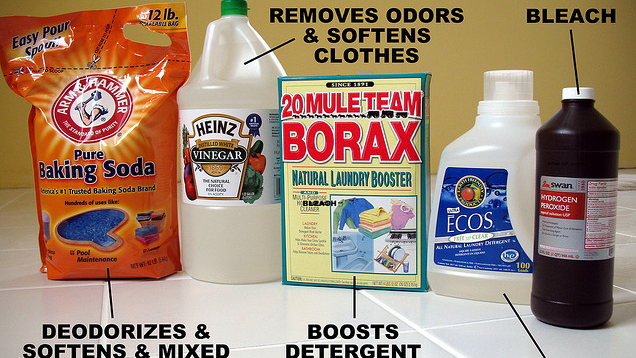
The things you come into contact every day are the ones most likely to trigger allergies. That means cleaning everyday things like your clothes and bedsheets. Add bicarbonate of soda or vinegar to the washing machine to get rid of excess detergent residue. Invest in dust mite covers for your bed and pillows, keep pets out of bedrooms and replace carpets with hardwood floors, if possible.
5. Consult Apps for Allergy Information
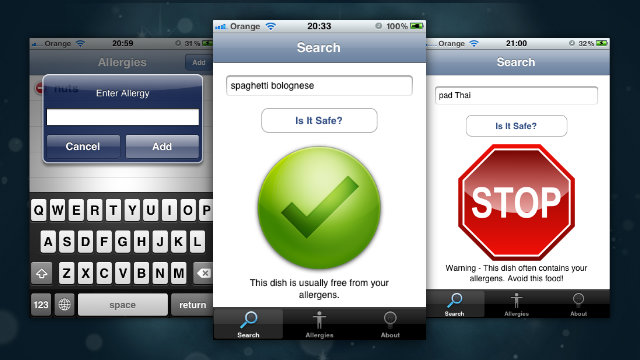
You generally know which foods to avoid when you have a food allergy, but sometimes dishes can sneak in ingredients that you might be allergic to. That’s where Allergy Assassin comes in. It could warn you that a dish might contain an ingredient you’re allergic to (e.g., that ravioli dish or meatball would likely contain eggs).
4. Learn Easy Food Allergy Substitutions
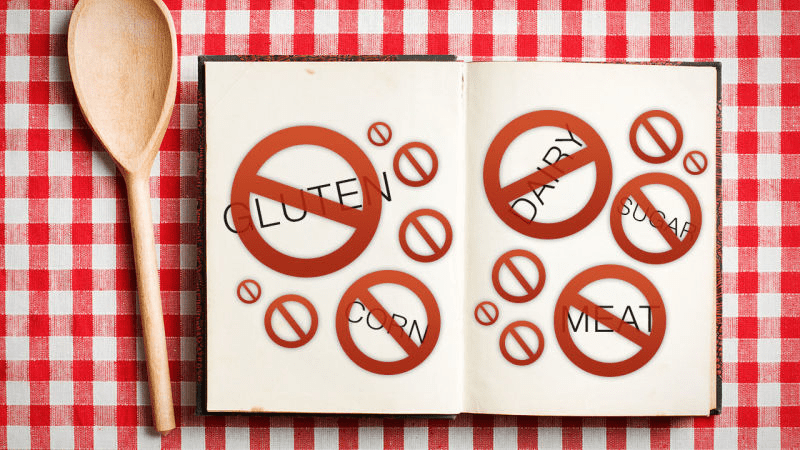
Even with restrictive food allergies, you can still enjoy a variety of foods. My daughter’s allergic to peanuts, tree nuts, eggs and soy, for example, so we’ve learned to look for vegan and nut-free desserts or use egg substitutes when baking, such as chickpea liquid.
If you’re cooking for “the most difficult dinner guest ever”, have some recipes anyone can eat in your arsenal.
3. Watch Out for Hidden Allergy Triggers
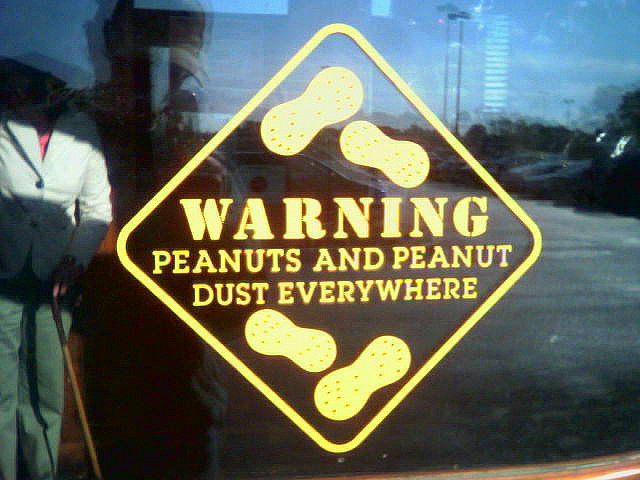
One of the worst parts of having allergies is having a reaction and not knowing what caused it. You could be allergic to the ingredients in commercial deodorants (so make your own) or, unfortunately, wine and beer, because of ingredients used to produce them.
Watch your diet if you have mysterious migraines and always read the food labels. Look up the allergens list when ordering fast food or ask your server when dining out. It’s also wise to know the other names associated with your allergy. If a food lists casein or whey, for example, or even artificial butter flavour, you should avoid it if you have milk allergies. See Food Allergy Research & Education for more info.
2. Carry an Allergy Card
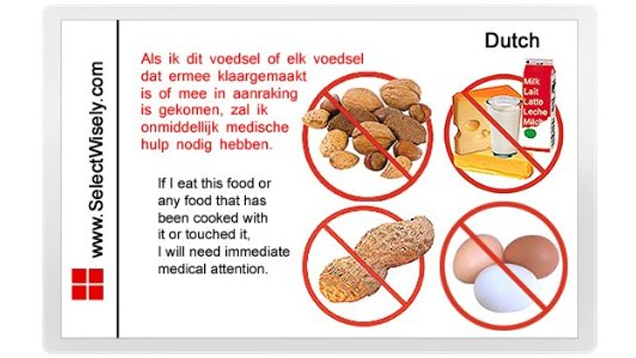
The easiest way to communicate your allergies to others is with a picture. Allergy cards are especially useful when travelling and even when dining out at restaurants locally. Create your own allergy card, or use a site like Allerglobal to generate a language-specific version. You can also get bracelets and stickers to warn teachers and caretakers of your kids’ allergies.
1. Find Out What’s Making You React
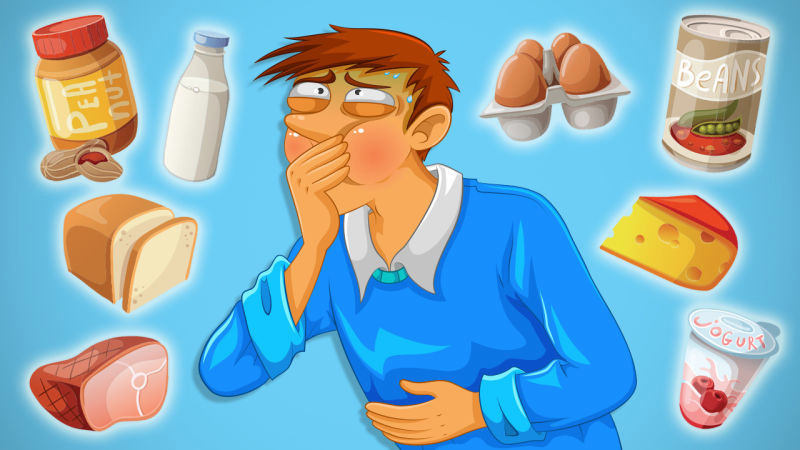
Most important: Know what you’re allergic too. Otherwise, you won’t be able to treat it and you’ll keep suffering. A food elimination diet can help you narrow down what’s making you sick. To look out for possible allergies when feeding a baby, use the four-day wait rule (introduce only one new ingredient for four days).
Try keeping a journal so you can pinpoint your allergy triggers, whether it’s food or something in your environment. And get tested by an allergist if your symptoms are really bothering you. Medication might not be necessary, but a doctor can help you live better even if you have allergies.

Comments